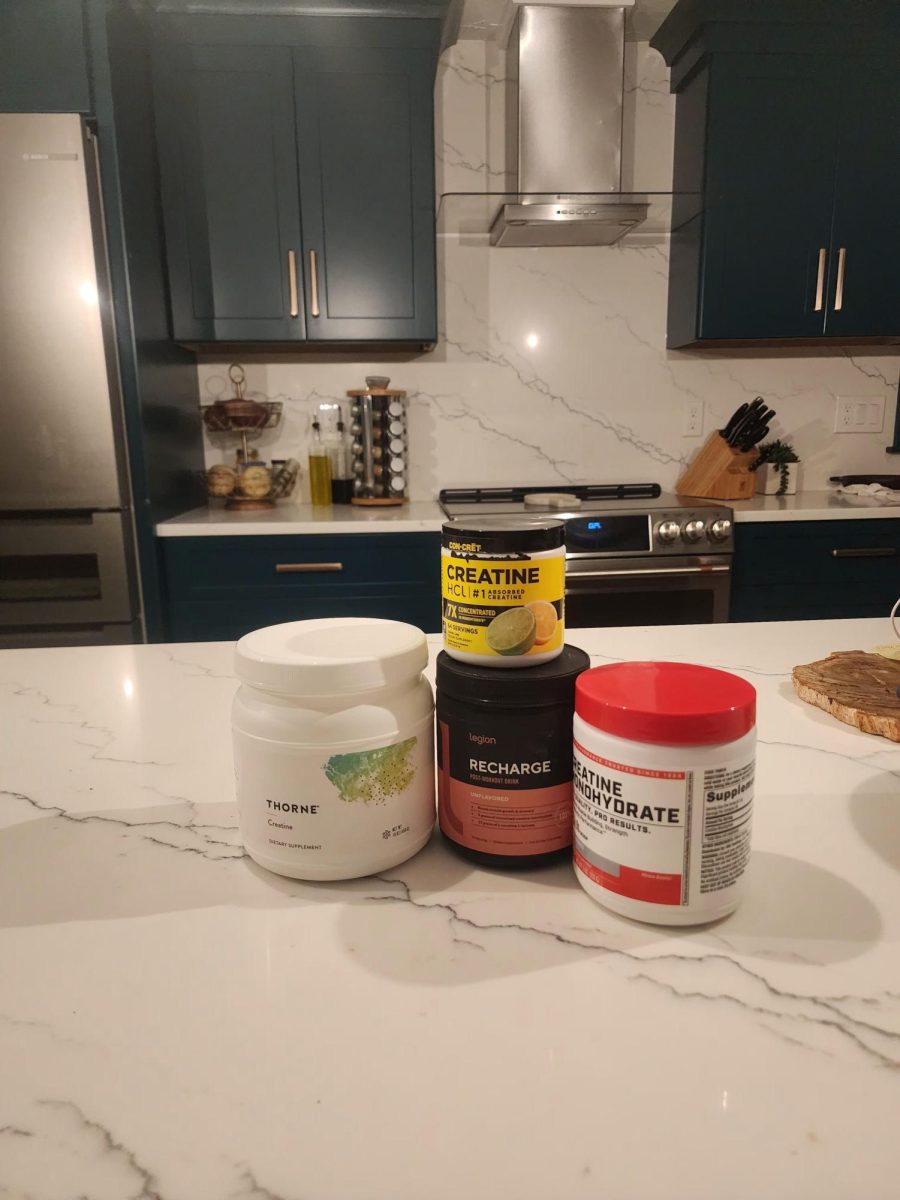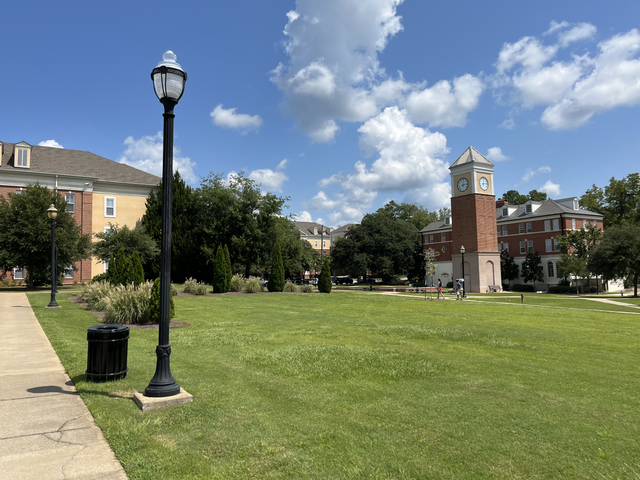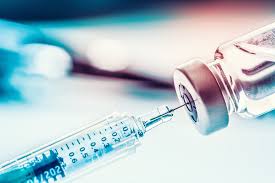High school athletes gravitate towards taking creatine. Why is that so, its claimed benefits is to build strength, promote brain health, give you energy toward workouts, and speeds up muscle recovery. When taking creatine it is claimed to boost water content in muscle cells leading to reduced dehydration, and muscle cramps. While also increasing anabolic hormones including insulin,human growth hormone, estrogen, and testosterone.
How much bigger does creatine really make you? Creatine draws water in muscle cells leading to a temporary water-weight increase, this is most likely seen during the loading phase and usually subsides when the body is immune. The loading phase is a phase when athletes take a lot of creatine throughout a week,when wanting to increase muscle mass, strength, and athletic performance.
While side effects over high creatine include, dizziness, elevated blood pressure, muscle cramps, upset stomach, and also weight gain. With some rare side claims to be kidney damage, especially in those who already have kidney problems, however studies have shown that there isn’t a significant link between creatine use and kidney damage.
When asked by Sophomore Micheal Belcher,¨ I didn’t really feel many side effects, but overall i noticed a difference in my physique, i had better muscle definition, and overall a increased energy during my workouts.¨ When i asked mikey he had also noted that he was taking 4g on and off for 3 weeks and he has been doing this for a little under a year.
With creatine the main side effect being dehydration from the muscles, as it takes water within the intercellular fluid in the muscle cell due to its osmotic properties. Studies proven by the National Library of Medicine have shown that taking 30g of creatine up to 5 years a day is safe. In fact athletes who take creatine supplements for long periods of time experience positive health benefits.
You can take either creatine in pills or either powder. About 95% of creatine is located in muscles, with the other 5% being in the brain. When you take supplements, you increase your body’s store of phosphocreatine, this is a formed energy within the cells. It helps your body produce more of a high energy molecule called adenosine triphosphate(ATP).
With Optimum Nutrition being the most sold, capsule creatine,.14 cents a capsule, and a serving size being 2 capsules for 2.5 grams. When gravitating toward Optimum Nutritions creatine powder it is 0.44$ per scoop and a serving having 5 grams.
The American Academy of Pediatrics and American Society of Sports Medicine do not recommend anyone under the age of 18 taking creatine. The reason is–there aren’t a ton of studies done on adolescents under the age of 18 taking creatine for long periods of time.
Creatine also isn’t necessarily just for the ¨gym bros.¨ It’s an affordable substance known to support brain health, protecting the brain from neurological damage, supporting cognitive processing, and recovery from acute stressors. Also has been shown that it is effective for reducing symptoms of mild traumatic brain injury either due to concussions or physical trauma.
Students who take creatine can have a different affect when doing so. Sophomore Maurice Albert stated his effects with creatine,¨ I was taking 10 grams of creatine for 2 months, what i noticed was that my athletic performance was better. I got more motivation to workout, one thing i noticed was that I had to force myself to drink water. I knew I had to drink a lot of water and with that in my mind I noticed that drinking water was my least favorite part of my day.¨
I think that everybody should be taking creatine who are active,within working out, and or sports.I have been taking 15 grams for 3 months, and 10 grams for 5 months and I’m only able to say positive things when doing so. Unless you don’t drink enough water, and or have past conditions with your kidneys i wouldn’t recommend taking creatine.
















